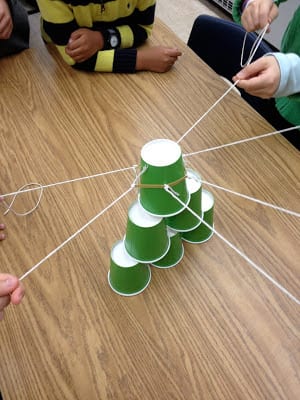Introduction
Meerkats, also known as suricates, are small mammals that belong to the mongoose family. Native to the deserts of southern Africa, these social creatures have captivated the hearts of many around the world due to their endearing appearance and complex social structures. With this increasing fascination, some individuals have turned to consider meerkats as potential pets for their homes. In this article, we will delve into various aspects of having a meerkat as a pet.
Housing and Environment
Meerkats are highly social animals that live in large groups called mobs or clans. Each mob consists of multiple family units with a dominant breeding pair that leads the group. In captivity, meerkats require ample space and proper environmental conditions to thrive. A large outdoor enclosure that mimics their natural desert habitat is essential. The enclosure should include sand for digging, burrows for resting, and access to sunlight.
Diet and Nutrition
In the wild, meerkats mainly feed on insects but also consume small mammals, birds, and reptiles whenever available. As pets, they require a balanced diet that is high in protein. It can consist of insects like crickets or mealworms, along with small portions of lean meats and vegetables such as sweet potatoes and carrots.
Behavioral Traits
Meerkats possess highly curious and energetic personalities which have endeared them to human observers. These traits also make them challenging pets as they require constant stimulation via toys or interaction with fellow animals. Due to their social nature, it is crucial to house them with other meerkats or compatible species as isolation can lead to various behavioral issues.
Legal Considerations
Before even considering adopting a meerkat as a pet, one should thoroughly research local regulations and legal requirements surrounding ownership of exotic animals. Laws on keeping exotic pets vary greatly by region; thus having complete knowledge about these restrictions is essential for potential pet owners.
Conservation Concerns
Meerkats are not considered endangered, but keeping them in captivity raises conservation concerns. Aside from the legal and ethical issues, capturing wild meerkats contributes to the depletion of their natural population. Furthermore, meerkats may have unique diseases that when introduced to other animals, might lead to species decline.
Conclusion
Although the idea of owning a meerkat as a pet can seem immensely appealing to animal enthusiasts, several challenges accompany this notion. These range from providing adequate housing and nutrition to understanding their social needs and complex behaviors. Additionally, prospective owners must acknowledge ethical and conservation concerns before taking on the responsibility of caring for a meerkat. Ultimately, responsible pet ownership involves fully understanding the requirements and suitability of an animal before adding it to one’s family.











